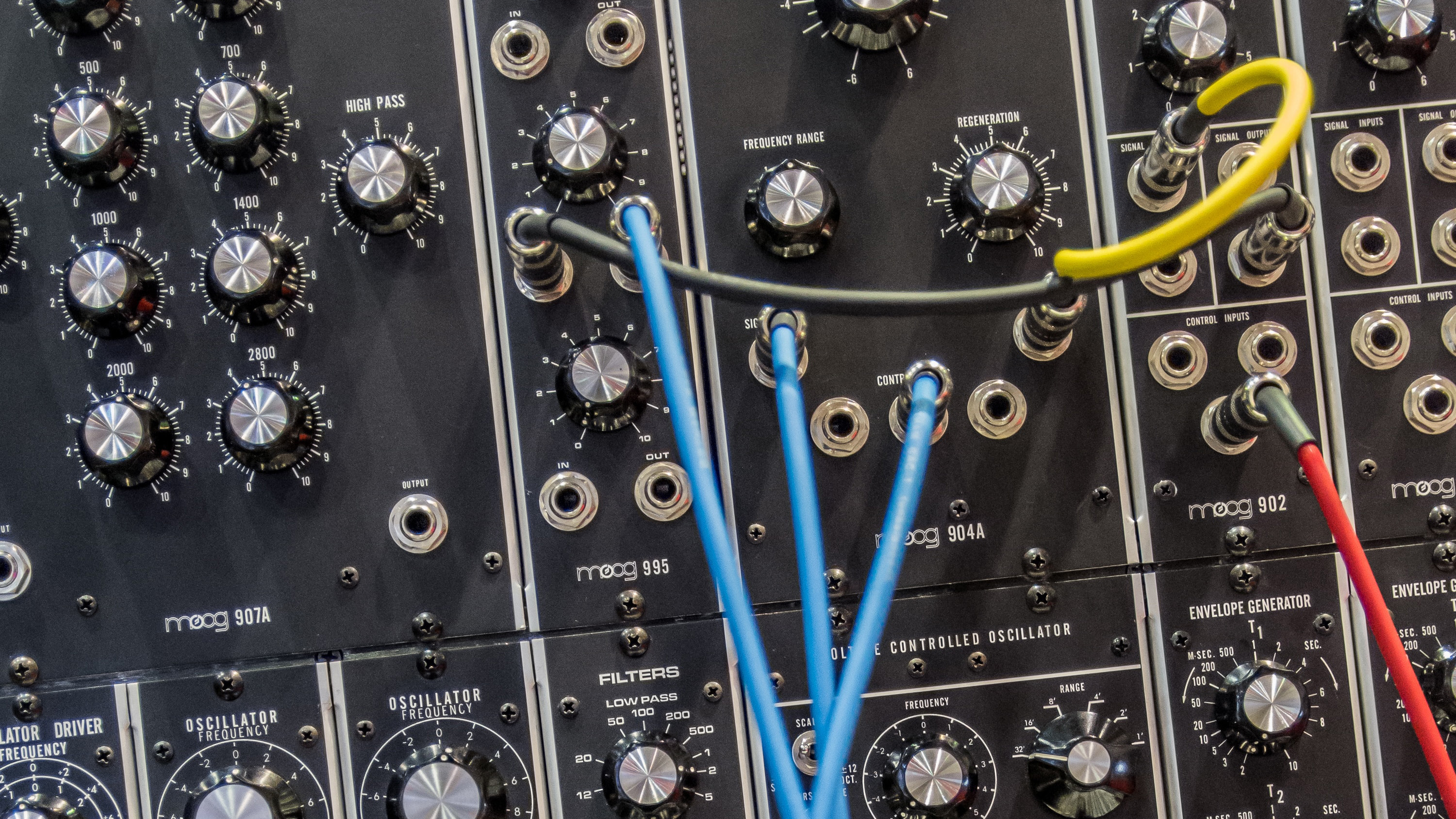
6 Successful Examples of Sound Branding
Discover how brands are using sound through Sound Branding to create memorable experiences.
Sound Branding, the sonic identity of a company, is a powerful tool in brand management, with numerous possibilities for application across all points of contact with the public.
From in-person interactions to telemarketing calls and audible response units (URAs), from the sound language used in films and advertising videos to the music playing in stores, Sound Branding translates the brand’s DNA into a sonic and musical vocabulary. This vocabulary is formed by the musical theme, its rhythm, instruments, and chords, the Sound Logo, the brand’s voice, its tone, and manner of speaking. All of these elements are aligned with the brand’s personality.
We have previously discussed the benefits it brings to brands, and below we present 6 successful examples of Sound Branding that tangibly demonstrate the application of sound and music to different types of company needs. Take a look:

MetrôRio Introduces the Voice of Rio
The voice of Rio’s metro system has such an impact on the population that it is already considered, by its users, the voice of the city.
The project we developed for MetrôRio is an excellent example of Sound Branding, as it unfolds in different applications throughout the user experience and interaction. From the sound of the self-service machines to the musical theme playing in the stations and the sound logos used in next-station messages inside the trains and on the boarding platforms, everything was designed to convey a human, transformative, practical, and “carioca” profile.
In a visually cold, metallic, and impersonal context, the project chose Zanna to be the voice responsible for bringing the audience closer through a “carioca” style that is laid-back and affectionate.
Tema Musical MetrôRio
In addition to the voice, the most noticeable elements are: the musical theme, which became a hit at graduation parties, inspired parodies on social media, served as the base for dance moves and carnival blocks; the sound landscape (Soundscape), often mistaken by users as the sounds of real birds in the stations; and the verbal tone, which completely changed the way Zanna‘s voice and train conductors communicate with passengers: “Good morning! May your dreams come true.”
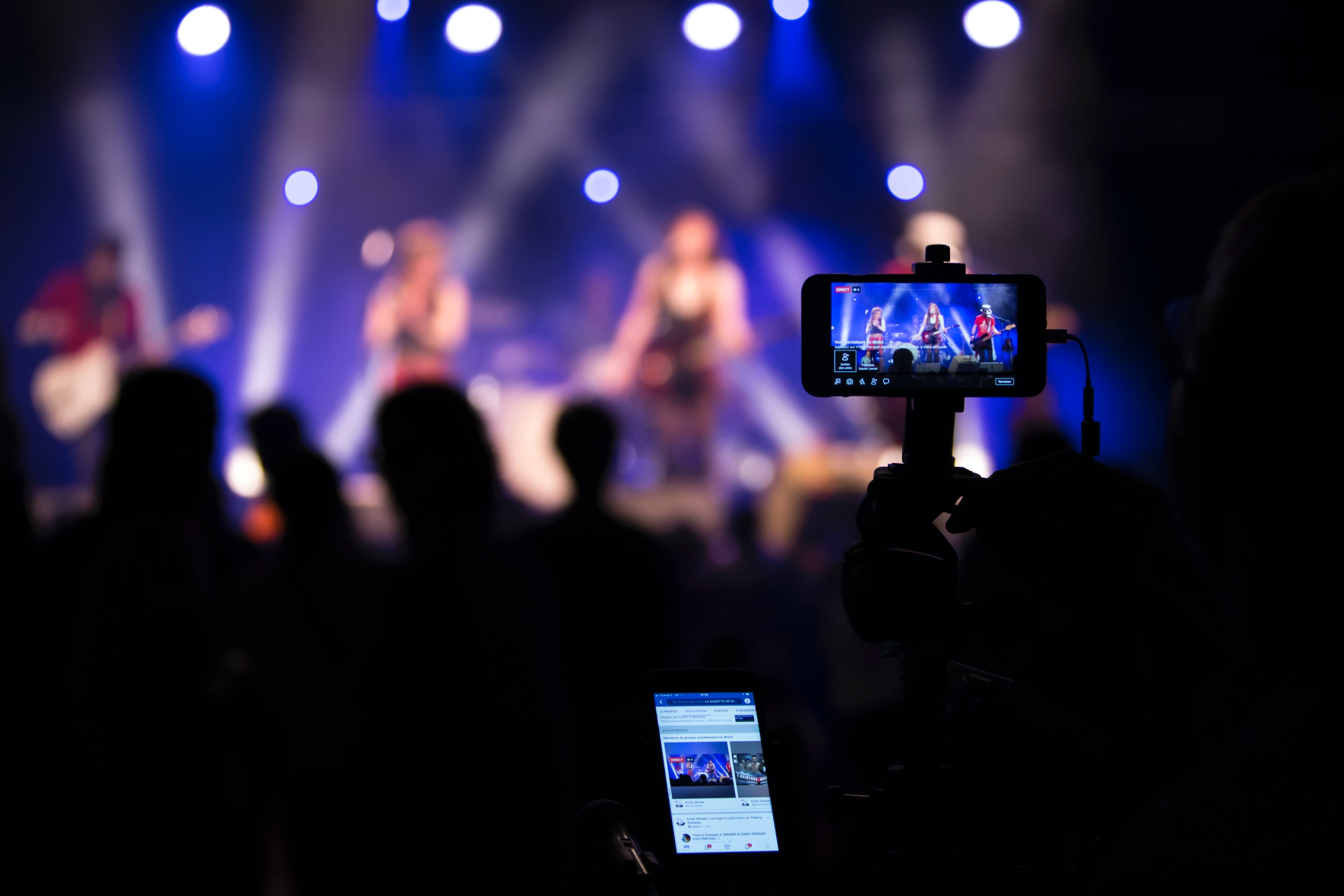
Vivo, a Pioneer Sound Strategy
Vivo was the first cellular telecommunications company in Brazil to have a sonic brand as part of its brand management and branding strategy. The project began development as early as 2013 and aimed to strengthen the emotional bond between the company and its customers.
The personality attributes of Vivo were summarized in the persona of a 30-year-old man who is enthusiastic, approachable, and transformative. These attributes guided the creation of the musical theme, which featured the special participation of Sané, an African percussionist from Papua New Guinea based in Lisbon. The theme was used in the tone of customer service messages, the development of “Oh Oh! Oh Oh! Vivo!” used in the sound logo, and in advertising soundtracks.
Vivo's Sound Logo
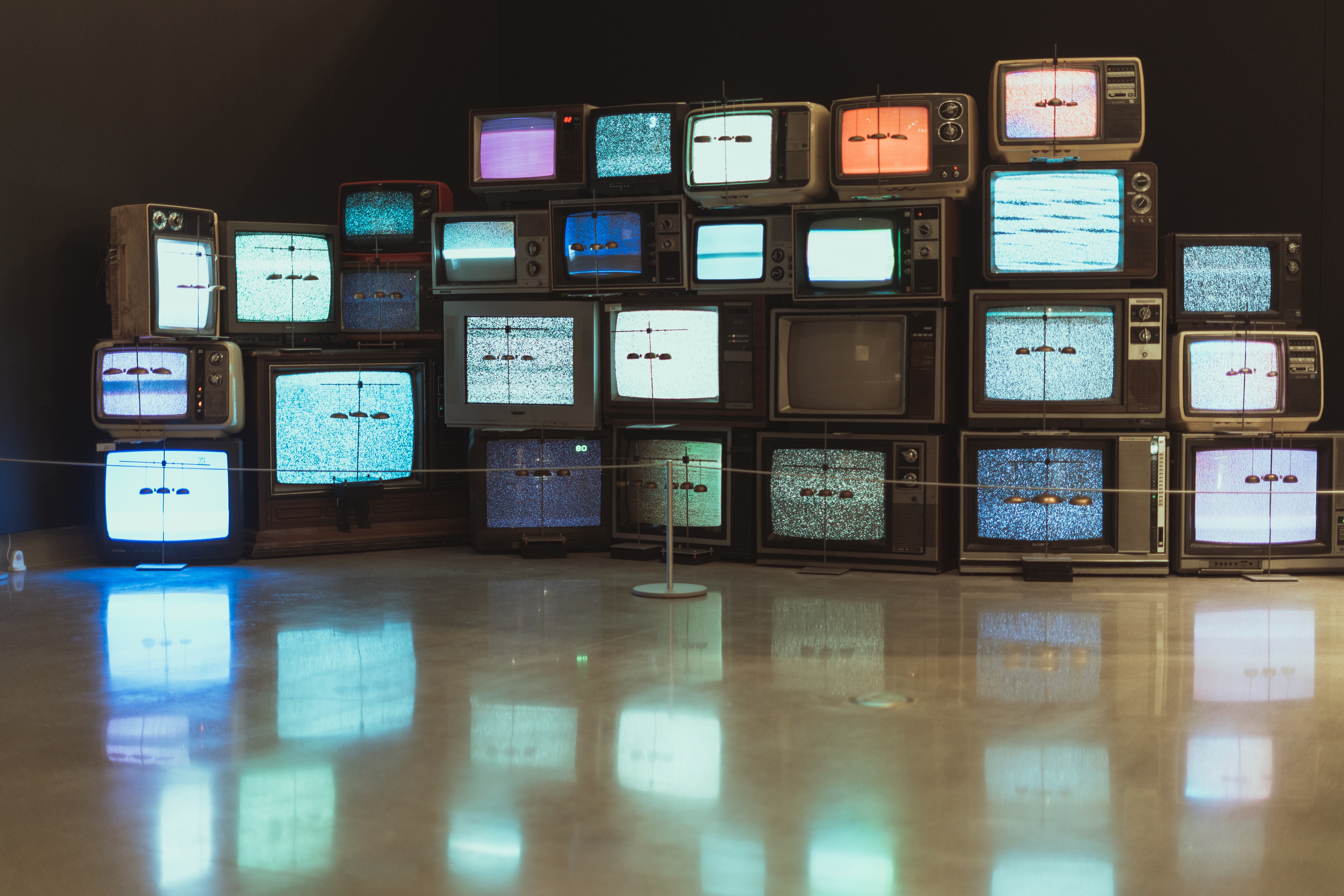

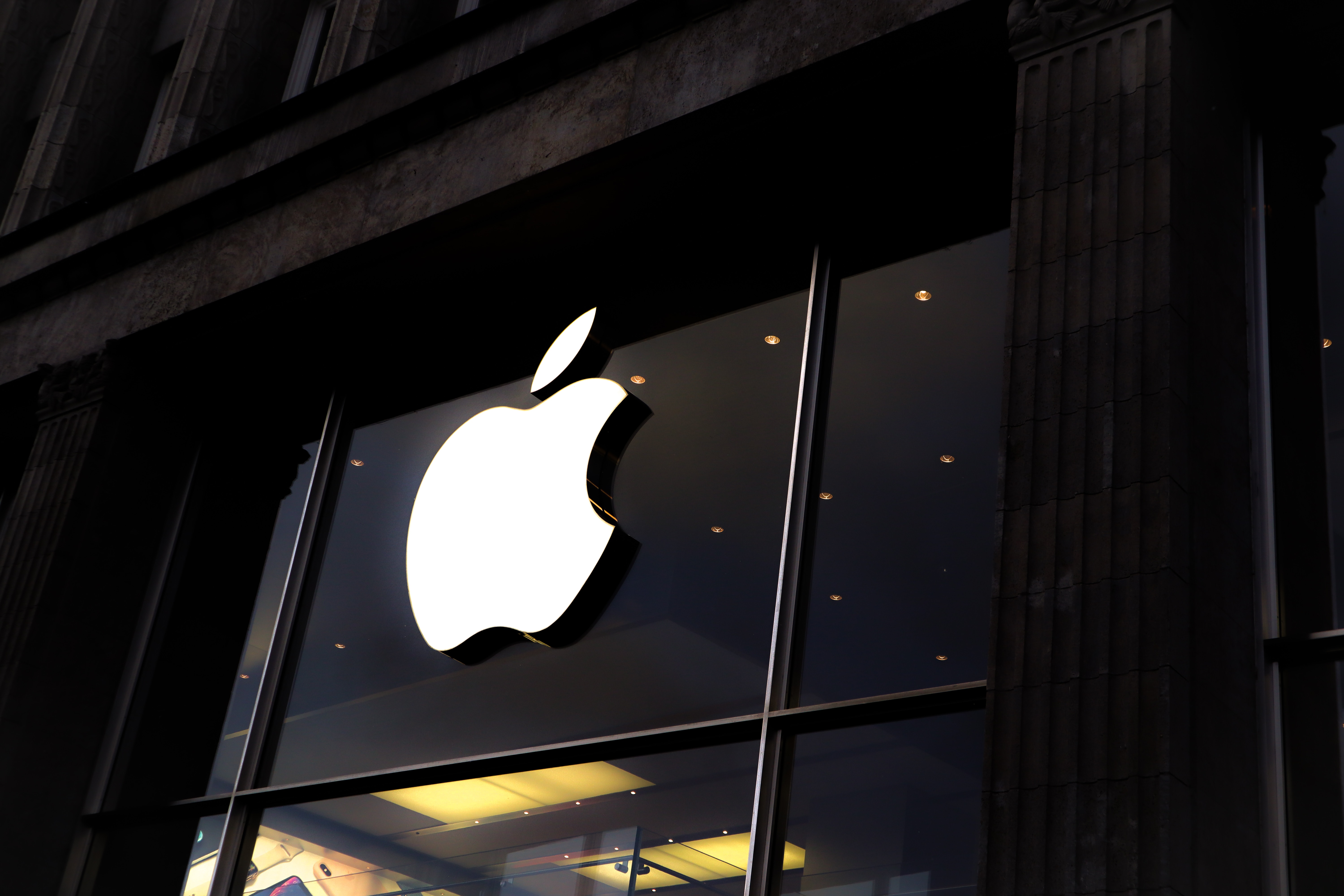
Enjoyed this content? Want to see more cases? Hear more stories? Perhaps create a Sound Branding project? Talk to us!
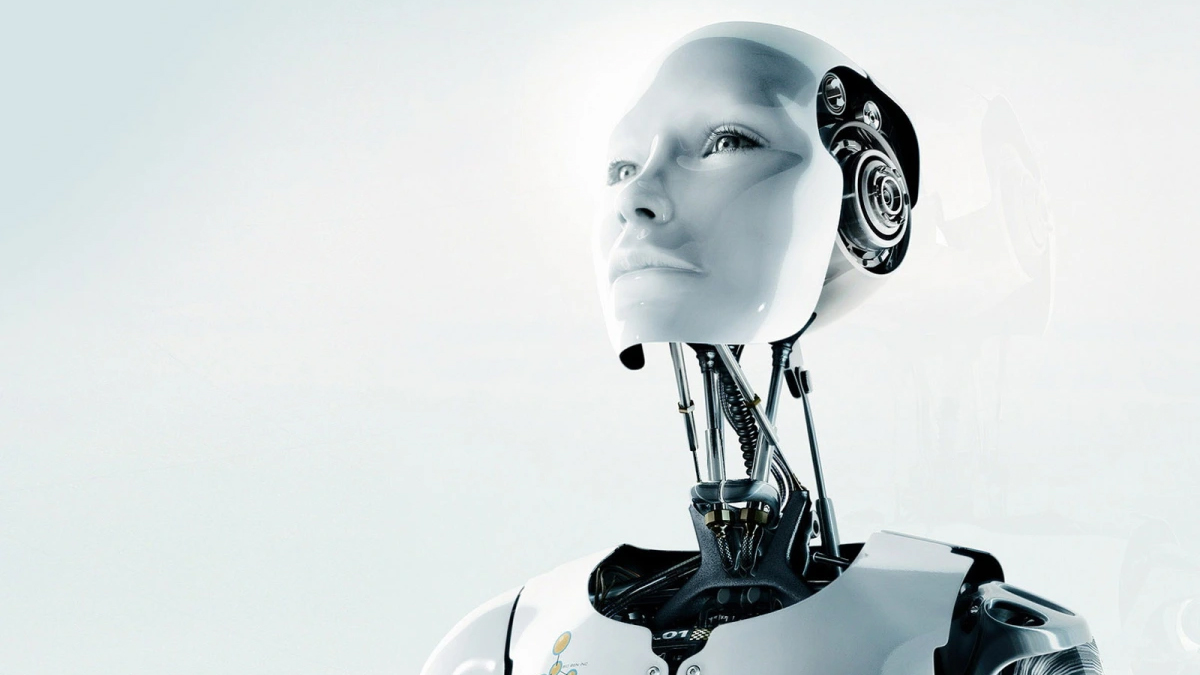
Next article
Artificial Intelligence and Sound UX: The New Frontier for User Experience
Understand how artificial intelligence is redefining the sound experience and the impact of Sound UX in the new digital era.
Read more